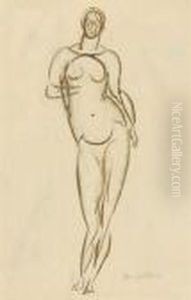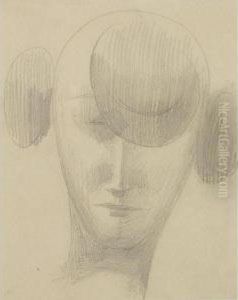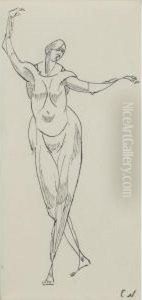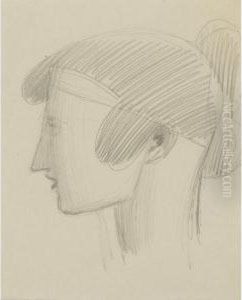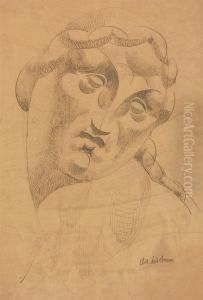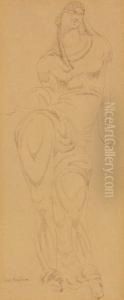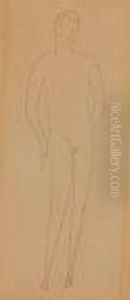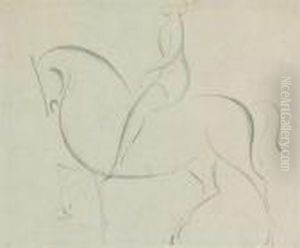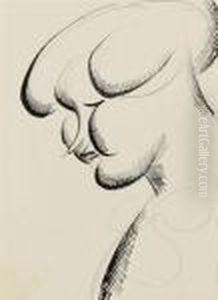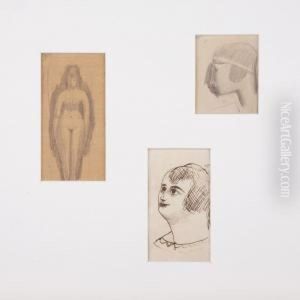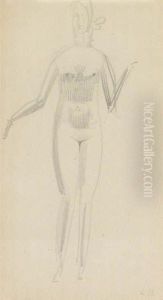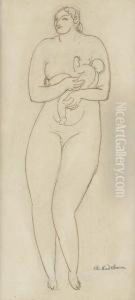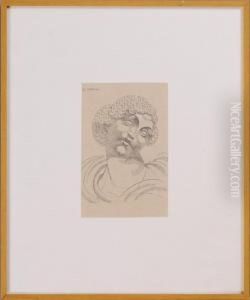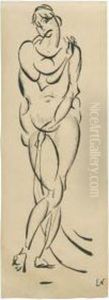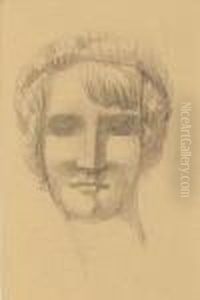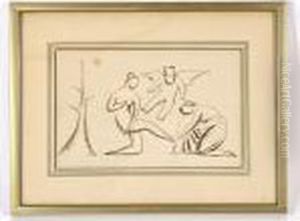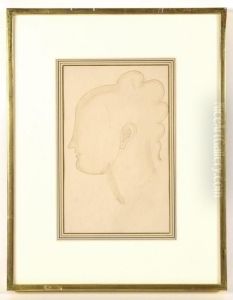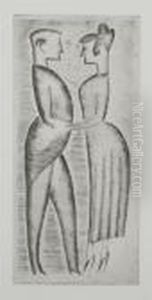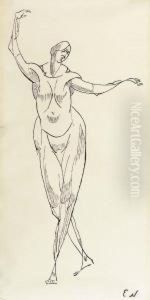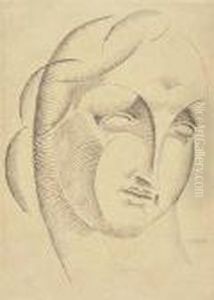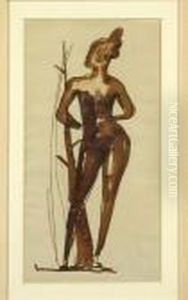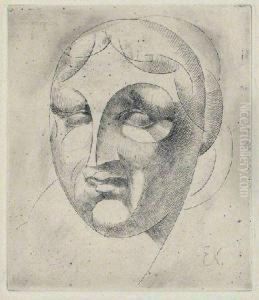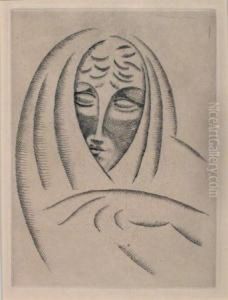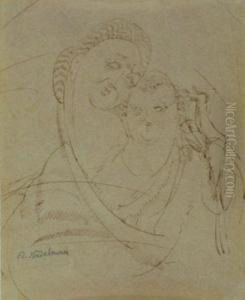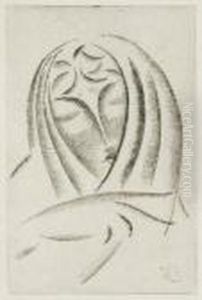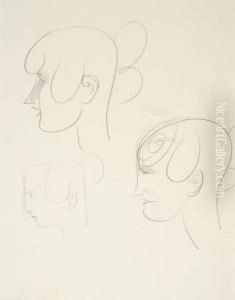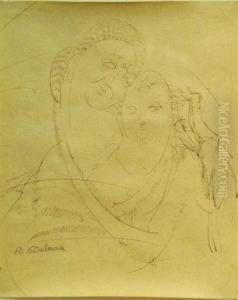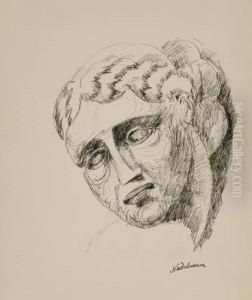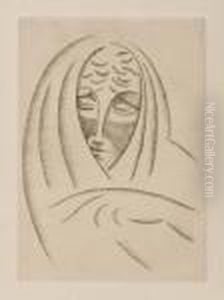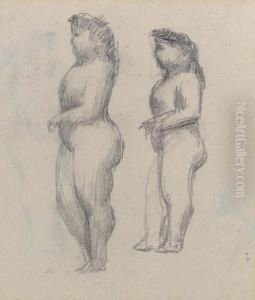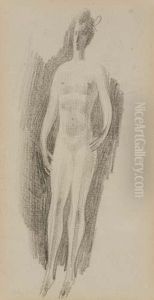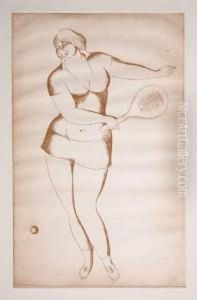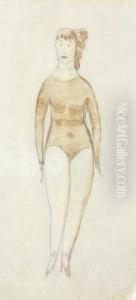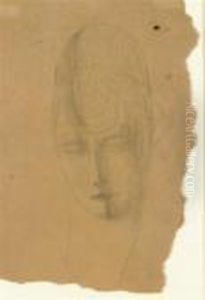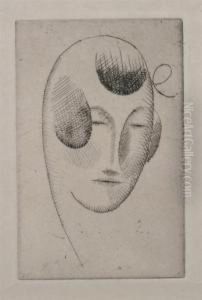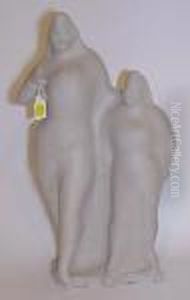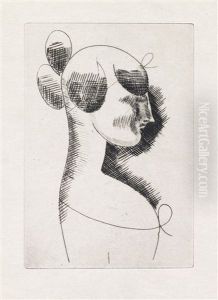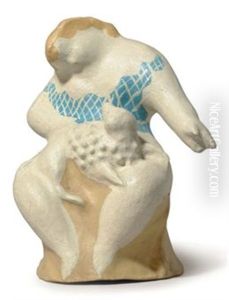Elie Nadelman Paintings
Elie Nadelman was a Polish-American sculptor known for his innovative and elegant sculptures combining classical and modernist styles. Born on February 20, 1882, in Warsaw, Poland, then part of the Russian Empire, Nadelman grew up in a cultured environment that encouraged his artistic talents. He studied briefly at the Warsaw School of Fine Arts before moving to Munich, Germany, where he was influenced by the work of classical Greek sculpture and the burgeoning avant-garde movements.
In the early 1900s, Nadelman moved to Paris, which was then the epicenter of artistic innovation. There, his work began to exhibit a synthesis of traditional forms with contemporary simplicity and abstraction. He gained recognition for his elegant figures that often reflected a stylized and refined aesthetic, combining smooth lines and forms with a neoclassical grace. Nadelman's work was well received in Parisian artistic circles, and he became associated with artists such as Pablo Picasso and Henri Matisse.
His reputation continued to grow, and in 1914, Nadelman moved to the United States just before the outbreak of World War I. Settling in New York, he became a part of the American avant-garde, and his work was embraced by influential patrons and collectors. During the 1920s, Nadelman's sculptures became even more stylized and simplified, often characterized by their polished surfaces and fluid contours.
Despite his early success, Nadelman's career faced challenges during the Great Depression, and the artist struggled financially. He was forced to sell much of his work and his vast collection of folk art, which had influenced his sculptural style. In his later years, he turned increasingly towards more private and smaller-scale works.
Elie Nadelman died in relative obscurity on December 28, 1946, in Riverdale, New York. However, his innovative approach to sculpture has been reassessed and celebrated posthumously. Today, Nadelman is recognized for his contribution to modern sculpture and his unique ability to blend classical tradition with modernist abstraction. His work can be found in major museums and collections around the world, and he is regarded as a pivotal figure in the development of modern sculpture.
